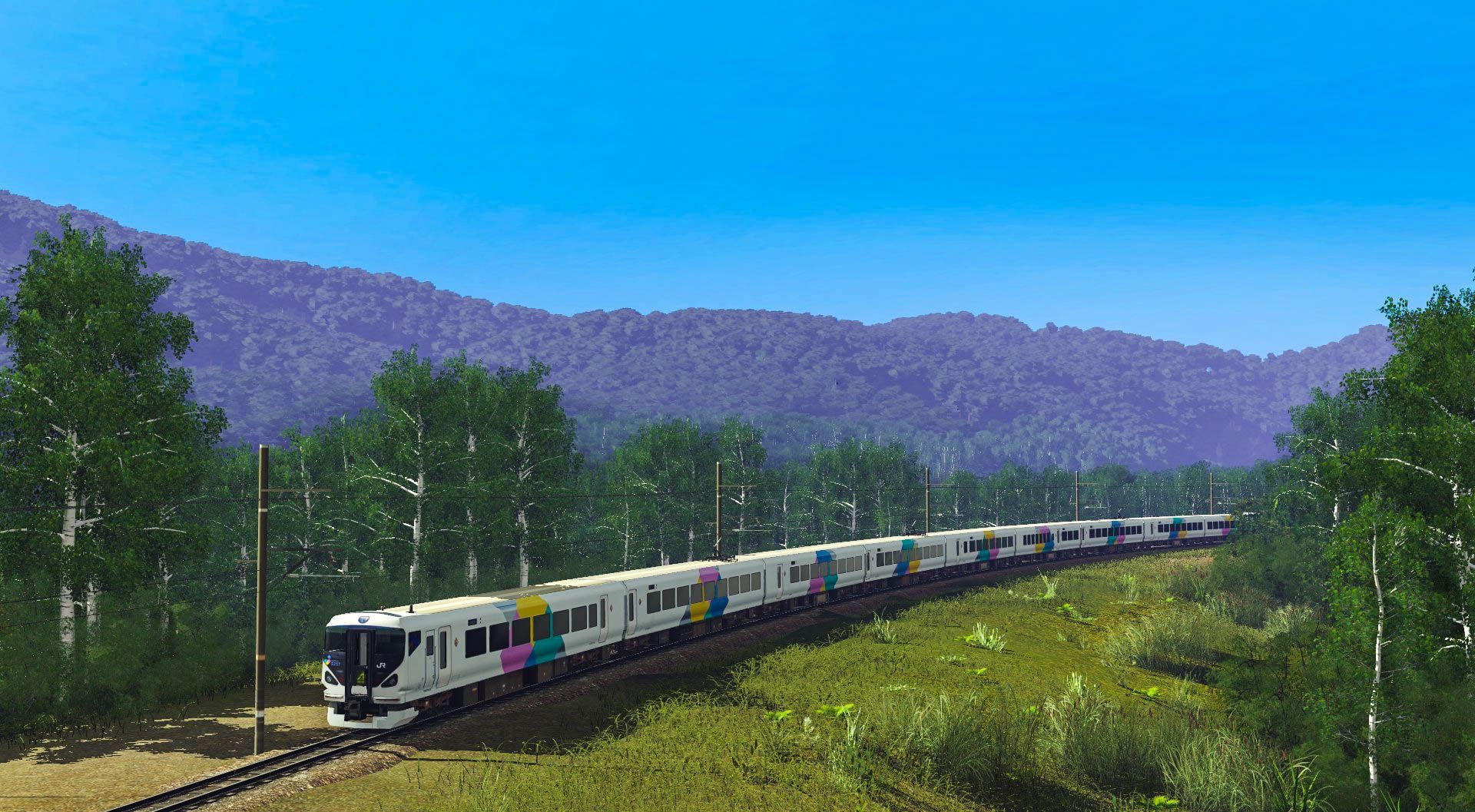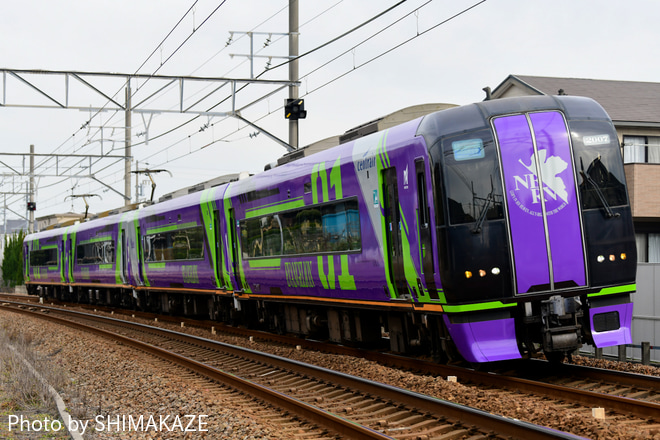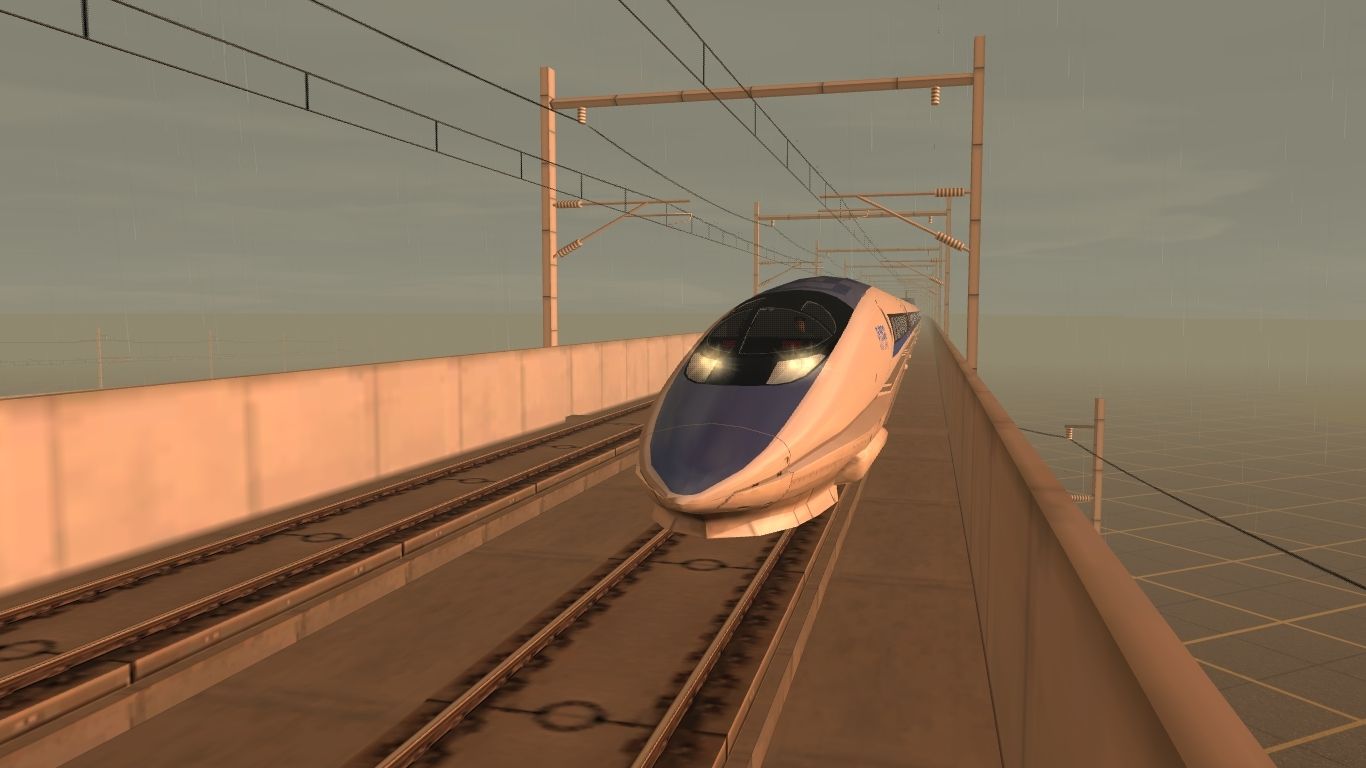JP Signals.
Can anybody explain the difference between:
JP signal xHome
JP signal xStarting
JP signal xBlock
Block signals are called "
閉塞 信号機" (Heisoku Shingoki) and are used on mainline tracks to maintain the spacing between trains. They're usually placed at regular intervals, called blocks, between 300m and 1200m long (depending on the line's maximium speed: the higher the speed, the larger the distance between signals).
Starting signals are called "
出発信号機" (Shuppatsu Shingoki) and are placed at the end of a platform. They act like absolute (non "permissive") block signals. For larger stations, there might be more than one starting signal (again, located atleast 300 meters apart), and in some other cases, such as with mid-mainline stops without any swithces, there might be no starting signal - it's place being taken over by a standard block signal.
Home signals are called "
場内信号機" (Jonai Shingoki) and are located before the station, usually placed either before the first switch or at atleast 300m from the rear end of the station platform. All home signals are absolute.
In areas of high traffic density, a second "home signal" might be installed in the center of the platform section, to allow one train to enter the station at the same time as the other one is leaving.
Generally, the signal placement is as follows:
(Home) [Platform] (Starting) <------------> (Block) <------------> (Block) <---// //---> (Block) <------------> (Block) <------------> (Home) [Platform] (Starting)
Home signals and starting signals respectively delimit the start and the end of a station's area.
Block signals generally use five color light combinations:
Red - "
停止" (Teishi) - Stop. If the signal is a "permissive" one (such as with mid-mainline block signals), the driver may pass a signal at red at a maximium speed of 15 Km/h after waiting for atleast one minute and after contacting the signaller.
Double Yellow - "
警戒" (Keikai) - Warning: distance to the next signal is unusually short (around 300m) - maximum permitted speed is 25 Km/h.
Yellow - "
注意" (
Chui) - Caution: next signal will be Red (if it's placed at more than 600m) or it will be a double-yellow one (if it's placed at less than 600m) - maximum permitted speed is 45 Km/h (for some Kintetsu and Meitetsu railway lines, this limit is increased to 65 Km/h).
Yellow-Green - "
減速" (Gensoku) - Reduce Speed: next signal will be a yellow or a double-yellow one. With this, generally the maximium permitted speed is 70 Km/h, but line and company variations exist (for example, JR Group also uses
Gensoku signals with 50 or 65 Km/h limits, some Kintetsu ones have a 95Km/h limit and some Meitetsu ones use an 85Km/h limit).
Green - "
進行" (Shinkō) - Clear: proceed at line speed or at a maximium of 130 Km/h.
Besides these, there are two more "special" indications:
Double-Green - "
高速進行" (Kōsoku Shinkō) - High Speed Clear: proceed at more than 130 Km/h (used only on the Narita Sky Access Line and formerly on the Hokuetsu Express Hokuhoku Line - both have a maximium line speed of 160 Km/h).
Flashing Yellow-Green - "
抑速" (Yokosoku) - Reduce Speed: proceed at 105 Km/h, expect a Yellow or Yellow-Green signal aspect. It's intended for those lines with 300m-block signalling but with a line speed of 120Km/h or higher. Currently it's only used on the Keikyu Main Line (between Shinagawa and Yokohama) and on the Narita Sky Access Line.
Here are the most common signals and their aspects:
As a final note, between two conflicting speed restrictions, the one to be followed is always the lower one. for example:
- Line speed limit of 80Km/h with "Chui" signal (45Km/h) -> proceed at 45Km/h.
- Line speed limit of 60Km/h with "Gensoku" signal (70Km/h) -> proceed at 60Km/h.













